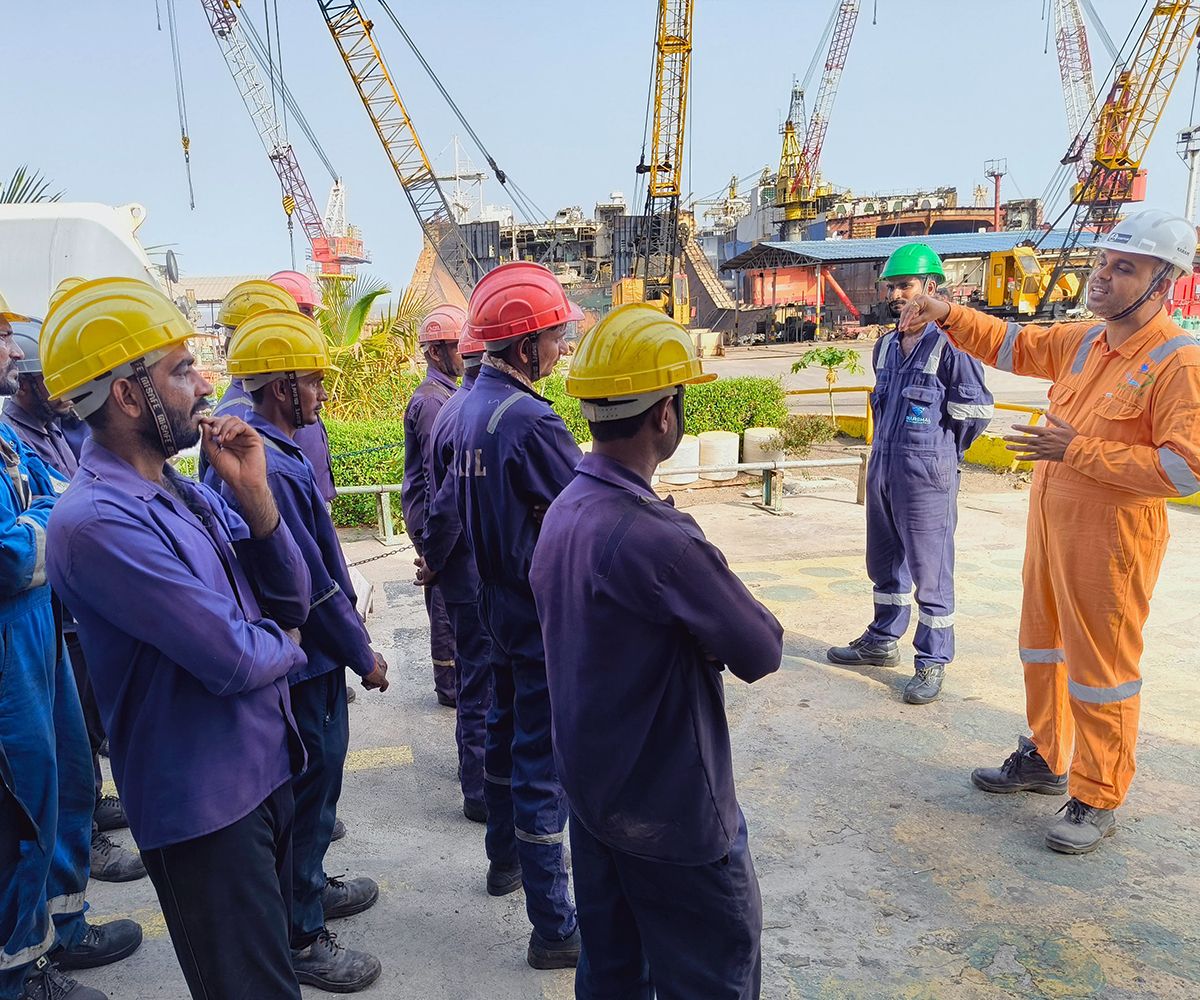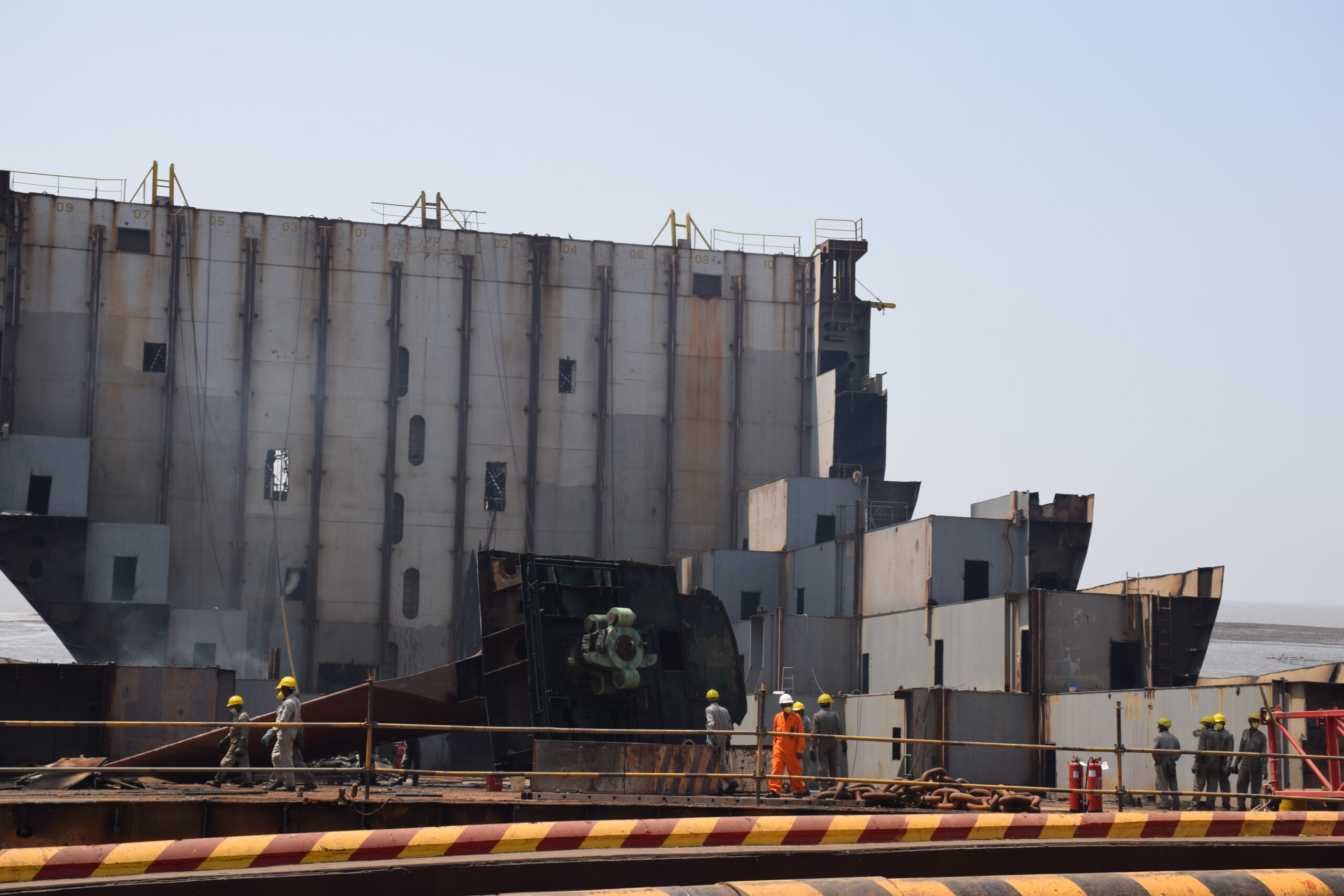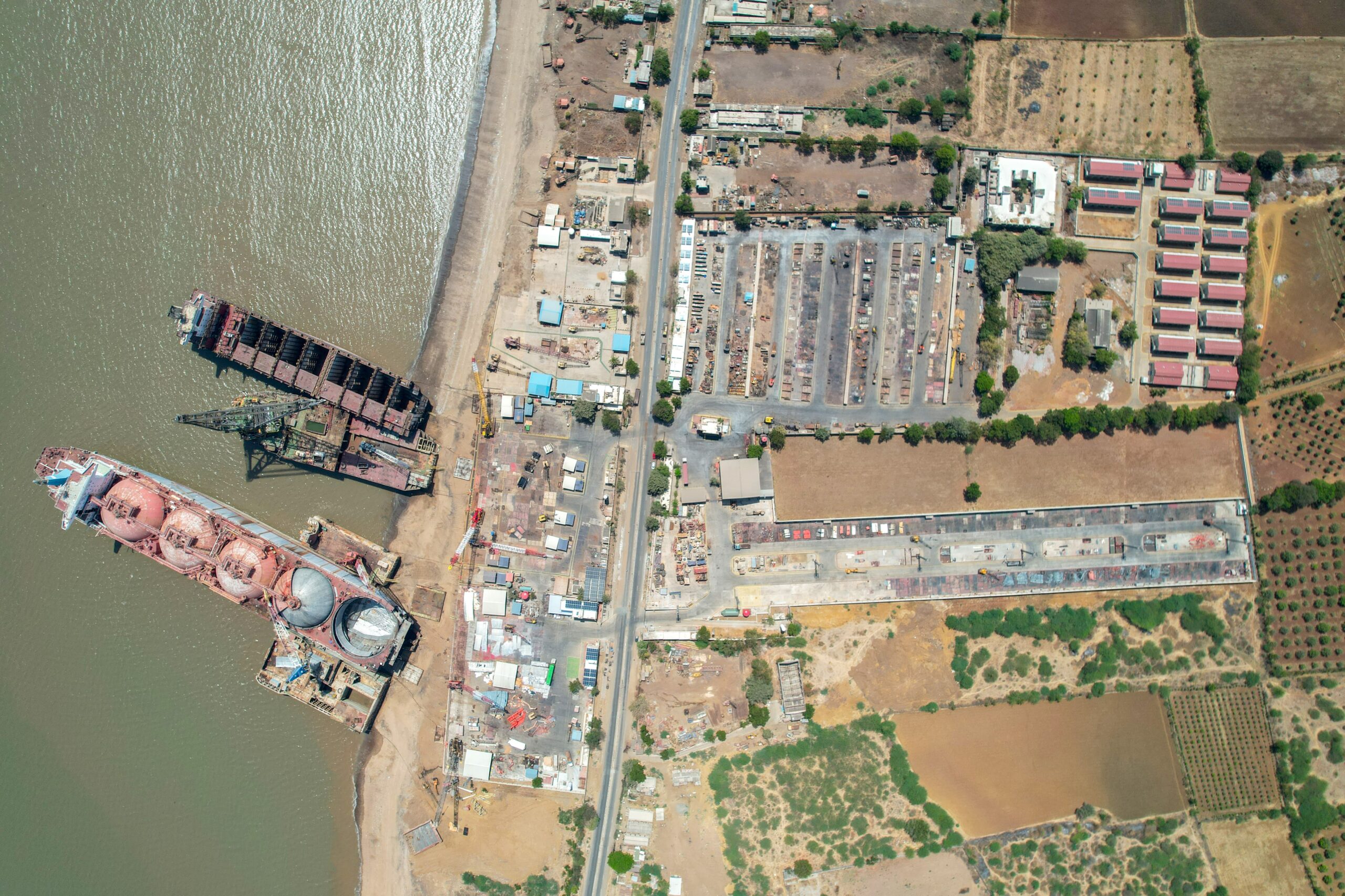Chinese Crews Adopt Unique Tactics Amidst Rising Tensions in the Red Sea
In recent times, a peculiar maritime trend has emerged in the Red Sea, with several cargo ships and tankers altering their automatic identification system (AIS) to broadcast that their crews are entirely Chinese. This move is presumed to be a strategy to deter potential attacks by Yemeni rebels. At least nine ships navigating the Red Sea have employed this tactic, displaying messages like ‘CHINESE’ or ‘ALL CHINESE’ through the globally mandated AIS.
Bloomberg was the first to identify this practice, uncovering five ships engaged in it. Later, Business Insider revealed four more vessels adopting similar messages. Notably, ships like the Great Ocean and the Dias, both flying the Liberian flag, altered their AIS to declare an ‘ALL CHINESE CREW’ and ‘CHINA,’ respectively, while in the proximity of the Red Sea.
Despite the lack of immediate verification regarding the nationalities of these crews, Business Insider observed that once these ships exited the region, they reverted their AIS destinations to normal. This intriguing tactic suggests a belief among ship owners or crews that affiliating with China may provide a shield against potential threats, possibly from the escalating conflicts involving Palestinians in Gaza or the Houthis in the Red Sea since November.
This maritime maneuver aligns with China’s broader nationalist push to position itself as a neutral player in global conflicts and to maintain positive relations, particularly with less affluent nations. China has openly criticized Israeli actions in Gaza and has opposed U.S. and U.K. strikes against Houthi targets, viewing them as a response to Houthi attacks on international vessels, which the Houthis claim are retaliatory actions related to the Gaza conflict.
In a parallel development, two ships in the area have declared affiliations with Russia, mirroring the strategy used by civilian vessels in the Gulf of Aden. In the Gulf, crews manually set their AIS destinations as “ARMED GUARD ONBOARD” to deter pirate attacks. Remarkably, more than a dozen vessels continue to display this status even after leaving the Gulf of Aden and entering the Red Sea.
A shipping industry advisory from December indicated a surge in vessels hiring private armed guards due to the increasing frequency of Houthi attacks. Some ships have resorted to turning off their AIS trackers upon entering the region, hoping to go unnoticed by Houthis and pirates. However, this poses challenges for Western warships in the area, making it difficult to conduct rescues if these vessels come under attack.
The involvement of maritime entities in the conflict is not one-sided. Mohammad Ali al-Houthi, a prominent Houthi leader, has previously advised commercial ships to indicate on their AIS that they have “no connection with Israel” to avoid attacks. The Houthi organization claims to target only vessels linked to Israel, but Human Rights Watch discovered in December that the militants attacked at least five ships without evidence of such affiliations. Consequently, several vessels in the Red Sea have taken heed of al-Houthi’s suggestion, broadcasting destinations like ‘NO CONTACT ISRAEL’ or ‘NO ISRAEL INVOLVED.’
The recent surge in Houthi attacks has significantly disrupted international trade and led to increased costs, as major transport companies have halted shipping lanes through the Red Sea. To comprehend the gravity of the situation, it’s essential to recognize the strategic importance of the Red Sea.
Why is the Red Sea Important?
The Red Sea holds immense significance as a vital maritime route, housing the Suez Canal at its northern tip and the narrow Bab el-Mandeb Strait at its southern end, leading into the Gulf of Aden. This waterway facilitates the transport of goods between Asia, Europe, and other destinations, making it a critical artery for global commerce.
Approximately 40% of the trade between Asia and Europe transits through the Red Sea. This includes a substantial volume of oil and diesel fuel, crucial for Europe’s import needs. Moreover, a diverse range of products, such as palm oil, grain, and various manufactured goods transported via container ships, navigate through this route. The Suez Canal, which sees around 30% of the world’s container traffic and over 1 million barrels of crude oil passing through daily, as reported by Freightos Group, plays a pivotal role in facilitating global trade.
In conclusion, the adoption of unique maritime tactics by Chinese and other vessels in the Red Sea highlights the complex interplay of geopolitics, diplomacy, and global trade. As tensions persist in the region, the maritime industry faces unprecedented challenges, navigating not only the physical waters but also the intricate currents of international relations.











